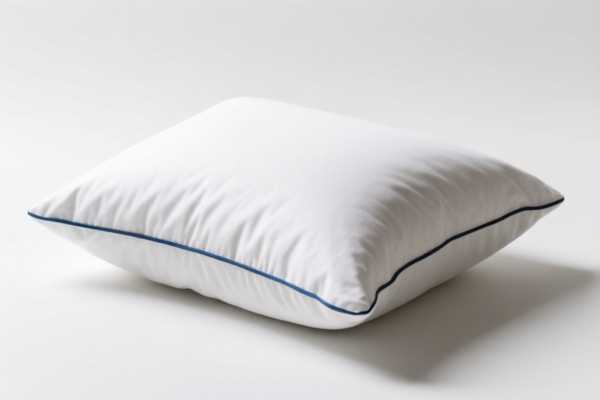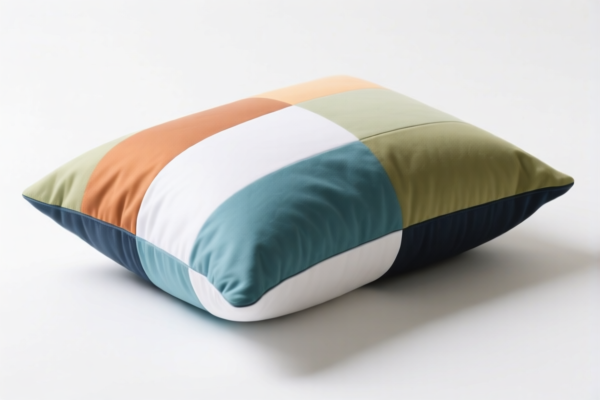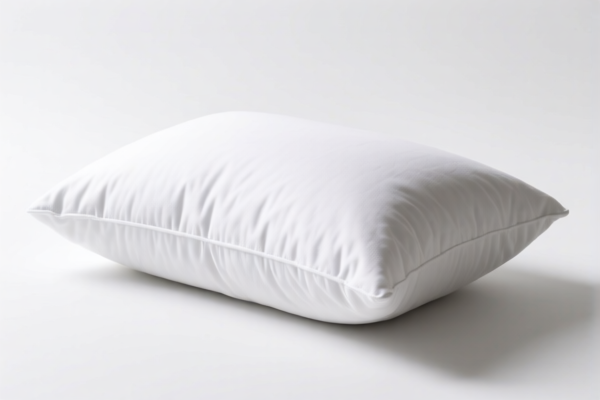| HS Code | Official Doc | Tariff Rate | Origin | Destination | Effective Date |
|---|---|---|---|---|---|
| 8509805095 | Doc | 34.2% | CN | US | 2025-05-12 |
| 6307909891 | Doc | 37.0% | CN | US | 2025-05-12 |
| 9019102050 | Doc | 30.0% | CN | US | 2025-05-12 |




HS Code Classification & Customs Guide for "MASSAGE PILLOW"
Based on the provided information, your "MASSAGE PILLOW" has been categorized under three potential HS codes. Here's a detailed breakdown to help you understand the classification and associated customs implications:
Important Note: The correct HS code is crucial for accurate duty assessment and smooth customs clearance. The final determination rests with customs officials, but this guide will help you prepare.
1. HS Code: 8509.80.50.95 – Electromechanical Domestic Appliances with Self-Contained Electric Motor (Other)
- Chapter 85: Electrical machinery and equipment. This chapter covers a wide range of electrical devices.
- 8509: Electromechanical domestic appliances, with self-contained electric motor. This specifically targets household appliances powered by their own motors.
- 8509.80: Other appliances. This sub-heading covers appliances not specifically listed elsewhere in Chapter 85.
- 8509.80.50: Parts and accessories of the aforementioned appliances.
- 8509.80.50.95: Other. This is a residual category for parts and accessories not further specified.
Tax Implications:
- Basic Duty: 4.2%
- Additional Tariff: 0.0%
- Post April 2, 2025 Additional Tariff: 30%
- Total Tax: 34.2%
Considerations: This code is suitable if the massage pillow is considered a complete appliance with its own integrated motor and is classified as a household item.
2. HS Code: 6307.90.98.91 – Other Made Up Articles (Other)
- Chapter 63: Other made up textile articles; sets of textile articles. This chapter covers a variety of textile-based products.
- 6307: Other made up articles, including dress patterns. This covers articles not specifically listed elsewhere in the chapter.
- 6307.90: Other. This is a residual category for articles not further specified.
- 6307.90.98: Other. This is a further residual category.
- 6307.90.98.91: Other. This is the most specific residual category.
Tax Implications:
- Basic Duty: 7.0%
- Additional Tariff: 0.0%
- Post April 2, 2025 Additional Tariff: 30%
- Total Tax: 37.0%
Considerations: This code is applicable if the massage pillow is primarily constructed from textiles (fabric, etc.) and is considered a made-up article. This is less likely unless the pillow is heavily textile-based.
3. HS Code: 9019.10.20.50 – Mechano-therapy Appliances; Massage Apparatus (Other)
- Chapter 90: Instruments and apparatus which measure, check, test, navigate or otherwise control functions, apparatus for medical, surgical, dental or veterinary purposes.
- 9019: Instruments and apparatus which measure, check, test, navigate or otherwise control functions; apparatus for medical, surgical, dental or veterinary purposes.
- 9019.10: Mechano-therapy appliances; massage apparatus; psychological aptitude-testing apparatus; ozone therapy, oxygen therapy, aerosol therapy, artificial respiration or other therapeutic respiration apparatus.
- 9019.10.20: Mechano-therapy appliances; massage apparatus; psychological aptitude-testing apparatus; parts and accessories thereof.
- 9019.10.20.50: Other. This is a residual category for parts and accessories not further specified.
Tax Implications:
- Basic Duty: 0.0%
- Additional Tariff: 0.0%
- Post April 2, 2025 Additional Tariff: 30%
- Total Tax: 30.0%
Considerations: This is the most likely code for a massage pillow, especially if it's marketed for therapeutic purposes or has features beyond simple vibration. However, customs may require documentation to support the therapeutic claim.
Recommendations & Next Steps:
- Material Composition: Carefully review the materials used in the massage pillow. Is it primarily electrical components, textiles, or designed for medical/therapeutic use?
- Functionality: What is the primary function of the pillow? Is it simply a vibrating cushion, or does it offer more advanced features like heat therapy, pressure point massage, or adjustable intensity?
- Intended Use: How is the product marketed? Is it sold as a relaxation aid, a therapeutic device, or a general household item?
- Documentation: Gather any relevant documentation, such as product specifications, marketing materials, and test reports, to support your chosen HS code.
- Certification: Depending on the final HS code and intended use, you may need to provide certifications (e.g., CE marking for medical devices).
- Consult with a Customs Broker: It is highly recommended to consult with a licensed customs broker in your importing country. They can provide expert guidance and ensure compliance with all applicable regulations.
Important Disclaimer: This information is for general guidance only and does not constitute professional customs advice. Customs regulations are complex and subject to change. You are responsible for ensuring compliance with all applicable laws and regulations.
Customer Reviews
No reviews yet.